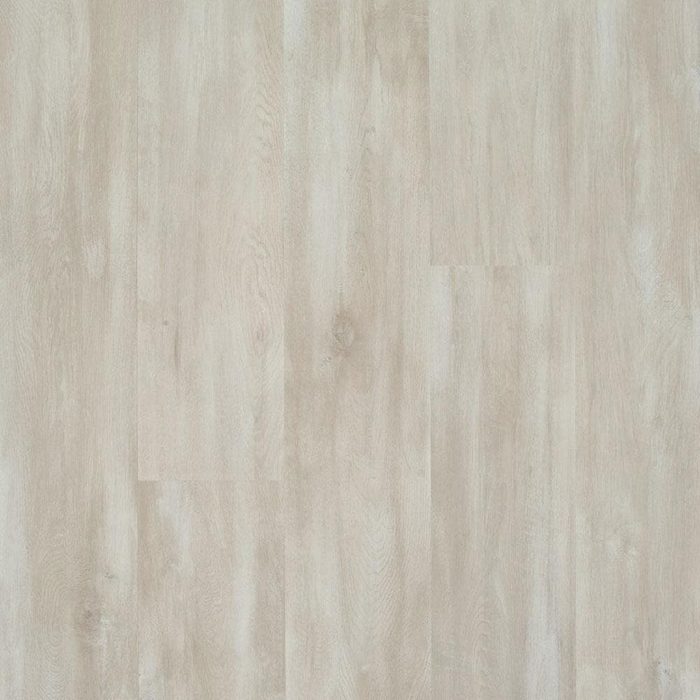Whether you’re building from scratch or remodeling an existing bathroom, choosing the best flooring for your bathroom is essential.

Choosing Bathroom Flooring
There are tons of bathroom flooring options, from bathroom tile to vinyl flooring. We consulted with Ezra Laniado, founder and president of Landmark Construction in Los Angeles, to help determine the most important things to consider when shopping for bathroom flooring. Here are the top six:
Durability
In busy bathrooms with a lot of foot traffic, the flooring needs to be tough and water-resistant. For a seldom-used guest bathroom or powder room, the floor doesn’t need to be as durable. But if you’re unlikely to re-do that bathroom often, it’s worth getting flooring that will hold up over time.
Waterproof or water-resistant?
In most cases, waterproof flooring is the best choice. But in bathrooms only used by adults, or small powder rooms where standing water isn’t likely, water-resistant flooring is a good option.
Maintenance
Some types of flooring, like textured stone, require more maintenance than something like luxury vinyl. Ask about maintenance when you shop for flooring.
Installation
You can save money with a DIY bathroom floor installation. But for a remodel, installing a bathroom floor usually requires removing and reinstalling a toilet and careful attention to waterproofing details. Make sure you’re up to the task before you tackle the job yourself.
Cost
If you’re on a budget and considering a professionally installed floor, ask the contractor for an estimate on a few options that meet your needs. Luxury vinyl is typically less expensive to install than tile or stone and looks great. Also ask about deals on closeouts or overstocked flooring.
Safety
Slippery bathroom floors are dangerous. For a safer floor, Laniado recommends “a textured porcelain tile over vinyl or laminate.” He adds glazed ceramic tile will likely be the most slippery option you can choose, so keep that in mind.

Laminate Bathroom Flooring
If you’re looking for an affordable option with water resistance needed for bathroom use, low-maintenance laminate flooring could be the perfect fit. It’s easy to clean, and since it’s available in a range of aesthetic styles like wood or stone, it can be easy to match to your existing bathroom style.
Laminate flooring is also relatively simple to install. That makes it even more cost-effective if you’re planning on putting it in yourself. Keep in mind standing water can warp laminate flooring, so it’s important to quickly clean up liquid spills.

Natural Stone Bathroom Floor Tiles
If you’re looking for an attractive flooring option that doesn’t sacrifice durability, the bold, elegant look of natural stone flooring would be a great choice. Choose between options like marble, granite, or travertine; their natural texture means no two tiles will be exactly alike.
Natural stone can be porous and require a sealant or glaze to make it resistant to water and slip-resistant. It also may need to be periodically re-applied in a busy bathroom with a lot of foot traffic. This sealant also makes it relatively easy to maintain.
Although it will depend on the type of stone you choose, natural stone flooring can be more expensive than most other options. Installation can potentially cost as much as the tiles themselves.

Cork Bathroom Flooring
If you’d prefer something more inviting than cold tile, check out the soft feel of cork flooring. Its textured surface is naturally non-skid, too. Combined with its springy feel, this makes it one of the safest flooring options.
Cork floors are water-resistant, not waterproof, so they wouldn’t be ideal for children’s bathrooms with frequent splashes and spills. Cork floors require less expertise to install than tile or stone, but need a polyurethane coat, which might be intimidating for a newbie DIYer.
Although the cost can vary based on the quality and thickness of the cork, this flooring is relatively affordable compared to other options.

Porcelain Tile Bathroom Flooring
Our expert declared porcelain tile flooring as the best overall option for most homeowners. Not only does it look great, but Laniado says it’s durable and incredibly water-resistant. It also comes in lots of finishes, sizes and textures to match any design or look you’re going for.
The high-quality and easy maintenance of porcelain tile does come at a cost, though, and wouldn’t be ideal for those on a tight budget. It’s worth noting that porcelain tile can be slippery. Some products are more slip-resistant than others; ask about Americans with Disabilities Act (ADA) certification.

Luxury Vinyl Flooring
If you’re just looking for a hassle-free, easy-to-clean option, low-maintenance luxury vinyl flooring could be the way to go. Luxury vinyl flooring comes in water-resistant and waterproof styles, so liquids will be simple to wipe up. And since it comes in various styles and colors, it’s a good way to achieve a higher-end look without breaking the bank.
It’s also relatively warm and comfortable to walk on, ideal for those who dread ice-cold tiles in the morning. Impressive slip resistance also makes it a relatively safe option.

Ceramic Tile Bathroom Flooring
Ceramic tile flooring works for those seeking a clean modern look in their bathroom but lack the budget for porcelain or natural stone. It’s also durable enough for heavy-use bathrooms. And because most ceramic tile is covered with a protective glaze, it’s easy to clean without damaging the surface.
Ceramic tile is also relatively affordable compared to other tile options. An intermediate DIYer can install this tile and save even more. Ceramic tiles will be more slippery than other flooring options, and wouldn’t be a great choice for those focused on overall safety.

